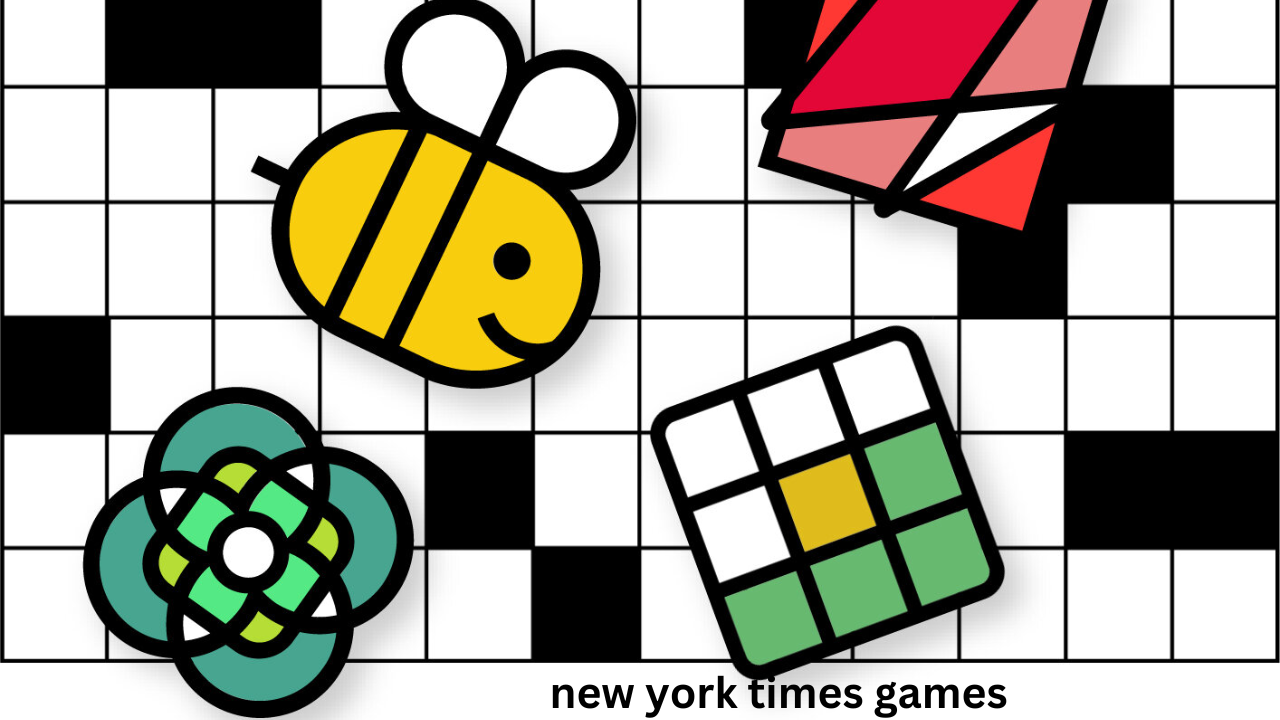New York Times Games
Introduction
The New York Times Games section has become a staple for puzzle enthusiasts worldwide. With a diverse range of puzzles, from the classic crossword to modern innovations like Spelling Bee and Tiles, the Times offers something for everyone. This comprehensive guide explores the intricacies of these games, offering tips and insights to help you master each one.
The Classic Crossword
The New York Times Crossword is arguably the most iconic puzzle offered by the publication. Created in 1942, it has since become a daily ritual for many.
History and Evolution
The Times crossword has evolved significantly since its inception. Initially, the puzzles were simple, with straightforward clues. Today, they are known for their clever wordplay and challenging themes, reflecting the cultural and linguistic trends of the times.
How to Master the Crossword
1. Start with the Monday Puzzle: The puzzles increase in difficulty from Monday to Saturday. Starting with Monday’s puzzle helps beginners build confidence.
2. Look for Fill-in-the-Blank Clues: These clues are often the easiest to solve and can provide a foothold for solving surrounding clues.
3. Use the Crosses: If a clue stumps you, solving intersecting clues can help reveal letters that will make the answer more apparent.
4. Practice Regularly: Like any skill, regular practice is essential. The more you solve, the better you’ll become at recognizing common clues and patterns.
Spelling Bee: A Modern Favorite
Spelling Bee is one of the newer additions to the Times Games section, quickly gaining popularity due to its engaging format.
The Objective
Players are given a set of seven letters arranged in a honeycomb pattern. The goal is to form as many words as possible using these letters, with each word required to include the central letter.
Tips for High Scores
1. Start with the Pangram: A pangram is a word that uses all seven letters. Identifying the pangram early can give you a significant point boost.
2. Think Outside the Box: Don’t limit yourself to common words. The game accepts a wide range of valid English words, so experiment with different combinations.
3. Use the Shuffle Button: If you’re stuck, shuffling the letters can provide a new perspective and help you spot words you might have missed.
Tiles: A Visual Delight
Tiles is a unique puzzle that focuses on pattern recognition rather than words.
Gameplay Overview
Players are presented with a grid of tiles featuring various patterns. The objective is to clear the board by matching pairs of tiles with identical patterns.
Strategies for Success
1. Plan Ahead: Look for matches that will open up the most options for future moves. Clearing the board efficiently often requires thinking several steps ahead.
2. Use Hints Wisely: The game provides a limited number of hints. Use them strategically, especially when you’re close to completing a level but can’t find a match.
3. Take Your Time: Unlike other puzzles, Tiles doesn’t have a time limit. Take as long as you need to study the patterns and find the best matches.
Letter Boxed: A Puzzle for Word Lovers
Letter Boxed challenges players to connect letters around a box to form words. Each word must use at least three letters, and subsequent words must start with the last letter of the previous word.
Effective Strategies
1. Plan Your Words: Look at the available letters and think of potential words before making your first move. This can help you avoid getting stuck later.
2. Use Longer Words: Longer words can help you clear more letters from the box, making it easier to find subsequent words.
3. Avoid Common Mistakes: Don’t reuse letters from the same side of the box in a single word. Ensure each word uses letters from at least two sides.
Sudoku: The Number Puzzle
Sudoku is a logic-based puzzle where players fill a 9×9 grid so that each column, row, and 3×3 subgrid contains all digits from 1 to 9.
Steps to Sudoku Mastery
1. Start with the Easy Numbers: Fill in the numbers that are obvious first. This can help simplify the more challenging parts of the puzzle.
2. Use Pencil Marks: Make small notes in the cells to indicate potential numbers. This can help you keep track of possibilities and avoid mistakes.
3. Focus on One Number: Sometimes, it’s helpful to focus on placing a single number throughout the grid. This can help you see patterns and opportunities for placement.
Wordle: The Viral Sensation
Wordle became a global phenomenon due to its simple yet addictive format. Players have six attempts to guess a five-letter word, with feedback provided after each guess.
Winning Tactics
1. Start with Common Vowels and Consonants: Begin with words that use common vowels (like ‘A’ and ‘E’) and consonants (like ‘R’ and ‘T’). This can help you quickly identify the correct letters.
2. Use the Feedback: After each guess, use the color-coded feedback to narrow down your options. Green means the letter is correct and in the right position, yellow means it’s correct but in the wrong position, and gray means it’s not in the word at all.
3. Think Critically: As you get closer to the solution, think about letter combinations and common five-letter words that fit the feedback you’ve received.
Conclusion
The New York Times Games section offers a rich and diverse array of puzzles that can challenge and entertain puzzle enthusiasts of all levels. Whether you’re a crossword veteran or a newcomer to Spelling Bee, mastering these games requires practice, patience, and a strategic approach. Dive into these puzzles today and discover the joy and satisfaction of solving some of the most engaging puzzles available.
